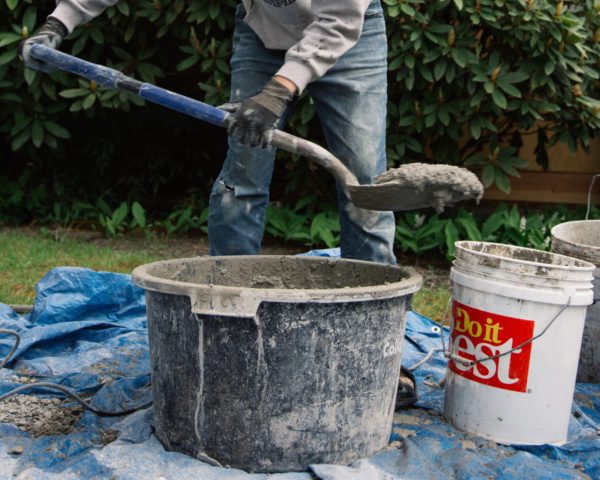January is naturally a month spent turning our thoughts toward what’s to come in the year ahead, but 2020 is a different kind of beginning altogether. It stretches our gaze longer, wondering what the next ten years will bring.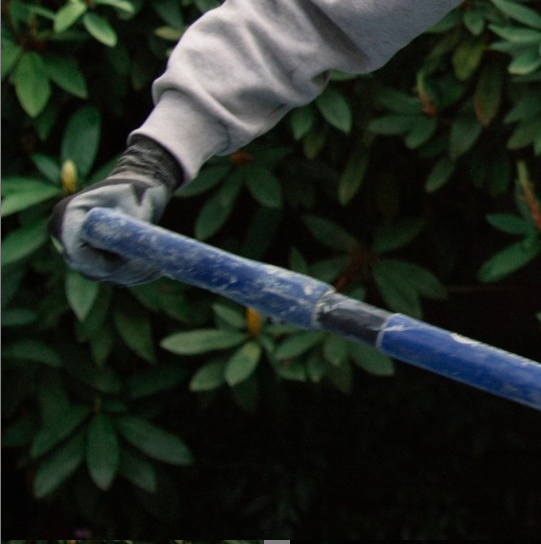
With ominous global headlines looming so large so soon into the year, casting an eye a decade ahead can be an uneasy challenge. It’s hard to summon the usual energy that accompanies the threshold of big occasions when it seems like so many things are coming to a dramatic end. 2020 is the precipice of a new era, but in many ways it feels like we’re running out of time.
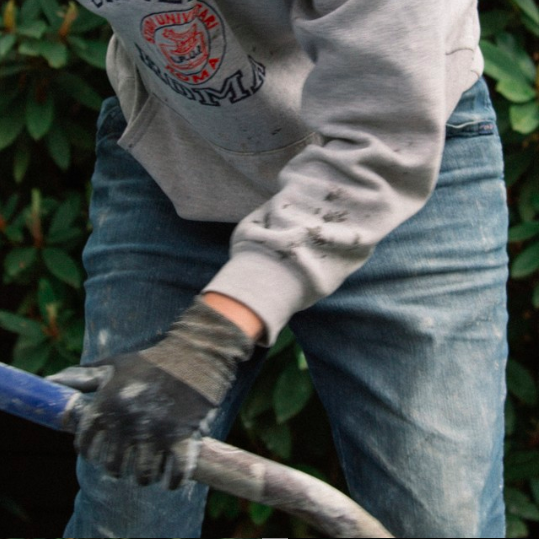 Repair work requires time, and time can feel like a luxury in a society that equates it to money and makes it hard to earn much of either. Fixing calls for slowing down, for paying close, immediate, focused attention. Often, especially at first, especially if it is an infrequent pursuit, repair involves muddling around without a clear path forward.⠀⠀⠀⠀⠀⠀⠀⠀⠀
Repair work requires time, and time can feel like a luxury in a society that equates it to money and makes it hard to earn much of either. Fixing calls for slowing down, for paying close, immediate, focused attention. Often, especially at first, especially if it is an infrequent pursuit, repair involves muddling around without a clear path forward.⠀⠀⠀⠀⠀⠀⠀⠀⠀
⠀⠀⠀⠀⠀⠀⠀⠀⠀
This type of exploration can be uncomfortable, particularly for adults in a world where we feel a pressure to make every moment of our lives “productive” in a linear, capitalistic sense. So we avoid it. We let our possessions go wonky and worn, working around the annoyance of their breaking-down parts rather than engaging with the uncertain frustration of fixing. After all, we have “more important” things to do, more urgent ways of being productive to attend to. Projects collect in the corners of closets and garages. Someday, we tell ourselves. Someday we’ll get around to fixing things.
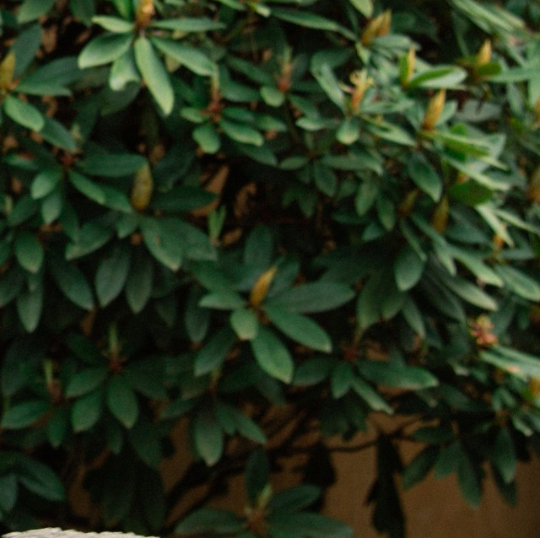
“Repair” is often used metaphorically, in regard to our relationships with others or ourselves after instances of fracture and trauma. “Repair” implies a desire to salvage and move forward, even in the midst of damage or neglect. It acknowledges the worth of something, whatever its state of brokenness or disrepair. It acknowledges the potential of something to be more than its faults. Repairing something, tangible or not, implies it is worth an investment of our care and attention.
New year’s resolutions provide another lens on the idea of repair. “Self-improvement” resolutions have been traditionally considered as “fixing” something broken about our habits – external changes we can implement in our lives to fundamentally reboot who we are. ⠀⠀⠀⠀⠀⠀⠀
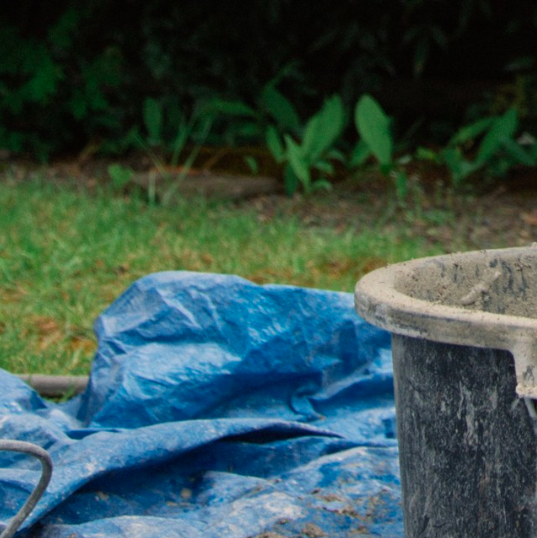 A more contemporary framing of the practice, in an effort to create a healthier and more realistic approach to the desire for growth, advocates setting intentions rather than resolutions. Intentions involve thinking about your values, and making smaller, daily choices that support and strengthen your alignment with that value. Intentions focus not on a limited, singular outcome – “run a marathon!” – but on the why and the work of it all. Intentions hone in on the behind-the-scenes moments of our personalities, asking not “What do you want to achieve?” but rather, “What is most important to you, and how can you embody that?”
A more contemporary framing of the practice, in an effort to create a healthier and more realistic approach to the desire for growth, advocates setting intentions rather than resolutions. Intentions involve thinking about your values, and making smaller, daily choices that support and strengthen your alignment with that value. Intentions focus not on a limited, singular outcome – “run a marathon!” – but on the why and the work of it all. Intentions hone in on the behind-the-scenes moments of our personalities, asking not “What do you want to achieve?” but rather, “What is most important to you, and how can you embody that?”
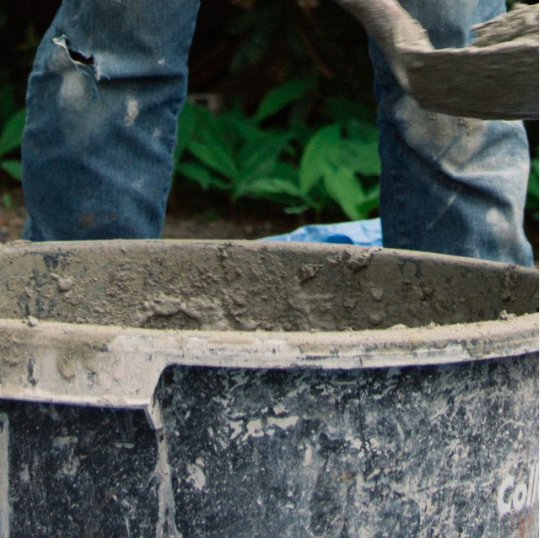 The need to show up for what matters in the world right now feels huge, both urgent and amorphous, which can be paralyzing. It’s easy to forget that implementing any change, in the world or in our lives, starts small, by building trust in ourselves. ⠀⠀⠀⠀⠀⠀⠀⠀⠀
The need to show up for what matters in the world right now feels huge, both urgent and amorphous, which can be paralyzing. It’s easy to forget that implementing any change, in the world or in our lives, starts small, by building trust in ourselves. ⠀⠀⠀⠀⠀⠀⠀⠀⠀
⠀⠀⠀⠀⠀⠀⠀⠀⠀
Change inherently means friction, which means uncertainty, discomfort, or both; learning to endure these moments is how we move forward and progress as human beings. We can learn to trust ourselves in the quiet moments of our lives. We promise ourselves a 10 minute walk, or a phone call with an old friend, or that we will wash a dish immediately after we use it, or that we will make time to learn how to replace the vacuum belt. The more we commit and show up to these little appointments with ourselves, the more we learn to trust that we can show up to other things in the world that matter to us.
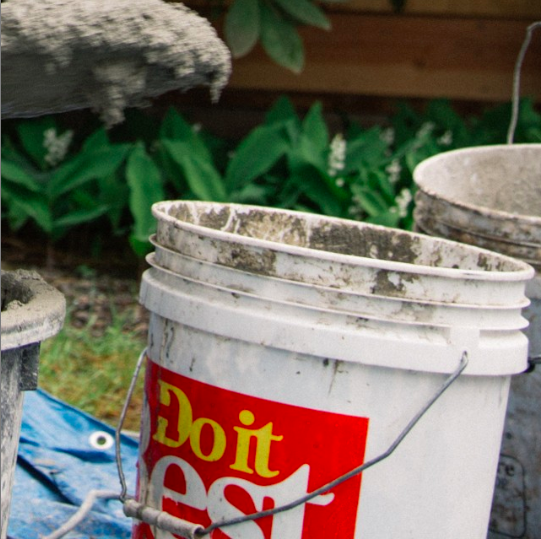
With a decade on the horizon and the stakes higher than they’ve ever been, it’s tempting to back-burner the small tasks of our lives, the things we’re used to delaying until someday. But now it is more important than ever to bring critical awareness to the details of things. To pay the kind of close attention repair asks of us to every aspect of our lives. To carve out space for the messiness of fixing, to wade into the uncertainty of no clear way forward, to brave the discomfort of figuring it out. Even and especially with the smallest of things – a wonky zipper, a dripping faucet, a hole in need of mending. By practicing fixing in the small ways, we build the skills for fixing in the big ways. By engaging on a small scale with the sense of input and consequence that repair requires, we can bring that engagement to a larger scale. By understanding the little labors of our lives, we are better equipped to show up for the bigger picture.
